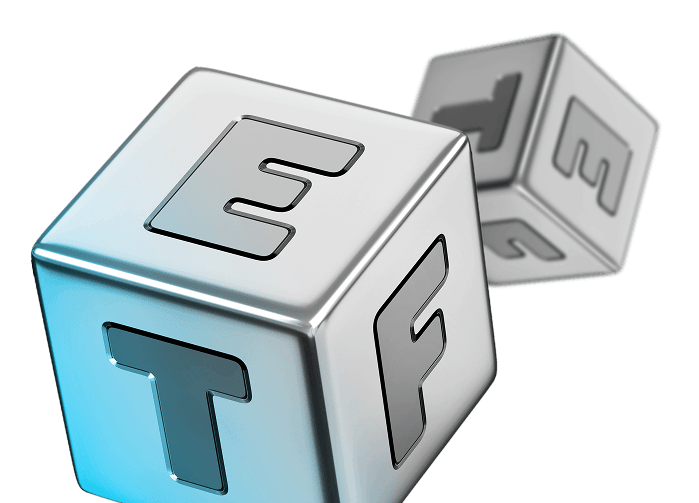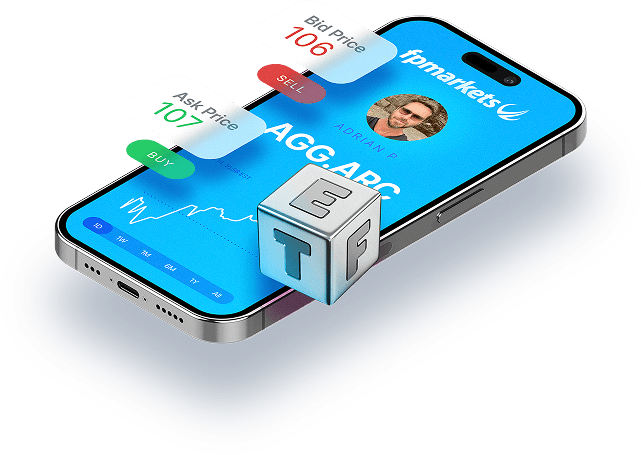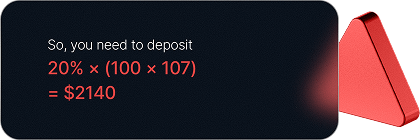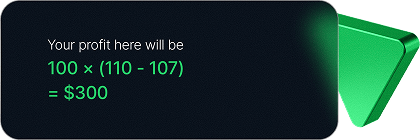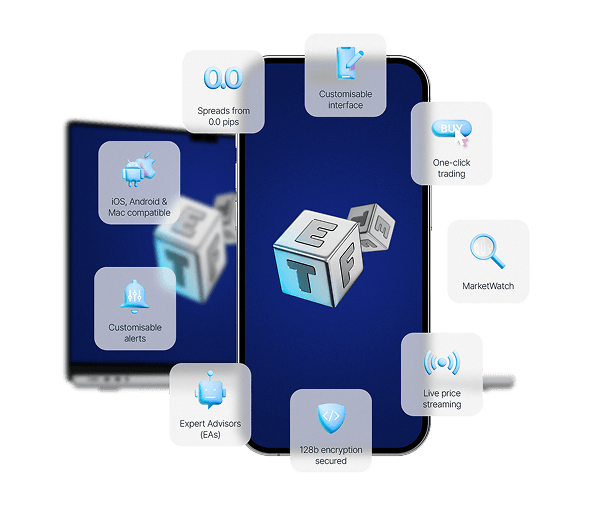| ACWI |
iShares MSCI ACWI ETF (ACWI.xnms) |
1 |
1:5 |
| AGG |
iShares Core U.S. Aggregate Bond ETF (AGG.arcx) |
1 |
1:5 |
| BIL |
SPDR Bloomberg 1-3 Month T-Bill ETF (BIL.arcx) |
1 |
1:5 |
| BND |
Vanguard Total Bond Market ETF (BND.xnms) |
1 |
1:5 |
| BSV |
Vanguard Short-Term Bond ETF (BSV.arcx) |
1 |
1:5 |
| DIA |
SPDR DJIA ETF (DIA.arcx) |
1 |
1:5 |
| EEM |
iShares MSCI Emerging Markets ETF (EEM.arcx) |
1 |
1:5 |
| EFA |
iShares MSCI EAFE ETF (EFA.arcx) |
1 |
1:5 |
| GLD |
SPDR Gold Shares ETF (GLD.arcx) |
1 |
1:5 |
| HYG |
iShares iBoxx High Yield Corp Bond ETF (HYG.arcx) |
1 |
1:5 |
| ICLN |
iShares Global Clean Energy ETF (ICLN.xnms) |
1 |
1:5 |
| IEI |
iShares 3-7 Year Treasury Bond ETF (IEI.xnms) |
1 |
1:5 |
| IEMG |
iShares Core MSCI Emerging Mkts ETF (IEMG.arcx) |
1 |
1:5 |
| IJH |
iShares Core S&P Mid-Cap ETF (IJH.arcx) |
1 |
1:5 |
| IJR |
iShares Core S&P Small-Cap ETF (IJR.arcx) |
1 |
1:5 |
| ITOT |
iShares Core S&P Total US Stocks ETF (ITOT.arcx) |
1 |
1:5 |
| IVV |
iShares Core S&P 500 ETF (IVV.arcx) |
1 |
1:5 |
| IVW |
iShares S&P 500 Growth ETF (IVW.arcx) |
1 |
1:5 |
| IWD |
iShares Russell 1000 Value ETF (IWD.arcx) |
1 |
1:5 |
| IWF |
iShares Russell 1000 Growth ETF (IWF.arcx) |
1 |
1:5 |
| IWM |
iShares Russell 2000 ETF (IWM.arcx) |
1 |
1:5 |
| LQD |
iShares iBoxx IG Corp Bond ETF (LQD.arcx) |
1 |
1:5 |
| QQQ |
Invesco QQQ Trust Series 1 ETF (QQQ.xnms) |
1 |
1:5 |
| SHV |
iShares Short Treasury Bond ETF (SHV.xnms) |
1 |
1:5 |
| SHY |
iShares 1-3 Year Treasury Bond ETF (SHY.xnms) |
1 |
1:5 |
| SPY |
SPDR S&P 500 ETF (SPY.arcx) |
1 |
1:5 |
| SUSL |
iShares ESG MSCI USA Leaders ETF (SUSL.xnms) |
1 |
1:5 |
| TIP |
iShares TIPS Bond ETF (TIP.arcx) |
1 |
1:5 |
| TLT |
iShares 20+ Year Treasury Bond ETF (TLT.xnms) |
1 |
1:5 |
| TQQQ |
ProShares UltraPro QQQ ETF (TQQQ.xnms) |
1 |
1:5 |
| VB |
Vanguard Small-Cap ETF (VB.arcx) |
1 |
1:5 |
| VCIT |
Vanguard Intermediate-Term Corporate ETF (VCIT.xnms) |
1 |
1:5 |
| VCSH |
Vanguard Short-Term Corp Bond ETF (VCSH.xnms) |
1 |
1:5 |
| VEA |
Vanguard FTSE Developed Mkts ETF (VEA.arcx) |
1 |
1:5 |
| VGT |
Vanguard Info Tech ETF (VGT.arcx) |
1 |
1:5 |
| VIG |
Vanguard Dividend Appreciation ETF (VIG.arcx) |
1 |
1:5 |
| VNQ |
Vanguard Real Estate ETF (VNQ.arcx) |
1 |
1:5 |
| VO |
Vanguard Mid-Cap ETF (VO.arcx) |
1 |
1:5 |
| VOO |
Vanguard S&P 500 ETF (VOO.arcx) |
1 |
1:5 |
| VTI |
Vanguard Total Stock Mkt ETF (VTI.arcx) |
1 |
1:5 |
| VTV |
Vanguard Value ETF (VTV.arcx) |
1 |
1:5 |
| VWO |
Vanguard FTSE Emerging Mkts ETF (VWO.arcx) |
1 |
1:5 |
| VXUS |
Vanguard Total International Stock ETF (VXUS.xnms) |
1 |
1:5 |
| VYM |
Vanguard High Dividend Yield ETF (VYM.arcx) |
1 |
1:5 |
| XLF |
Financial Select Sector SPDR ETF (XLF.arcx) |
1 |
1:5 |
| XLK |
Technology Select Sector SPDR ETF (XLK.arcx) |
1 |
1:5 |
